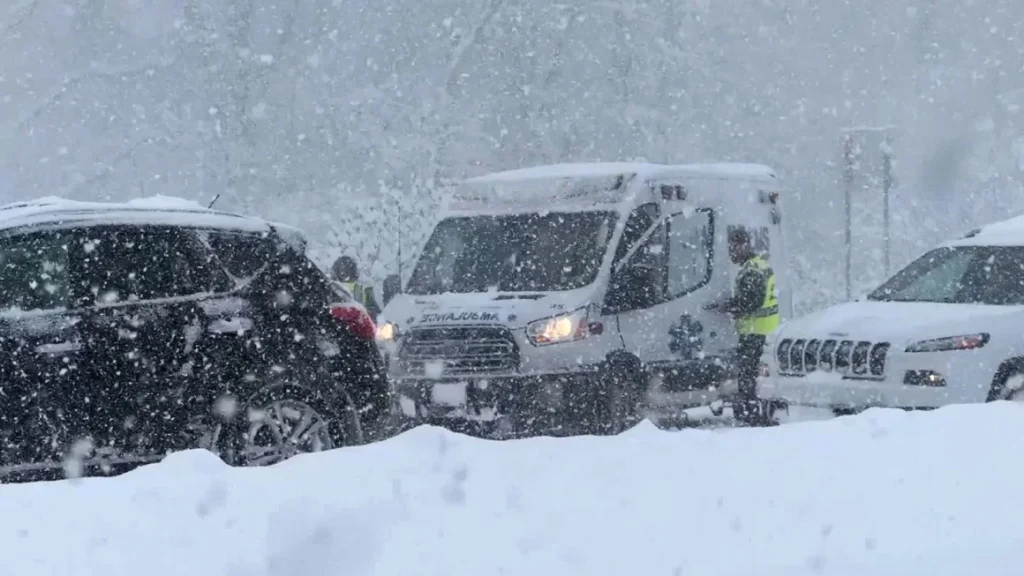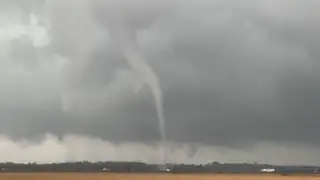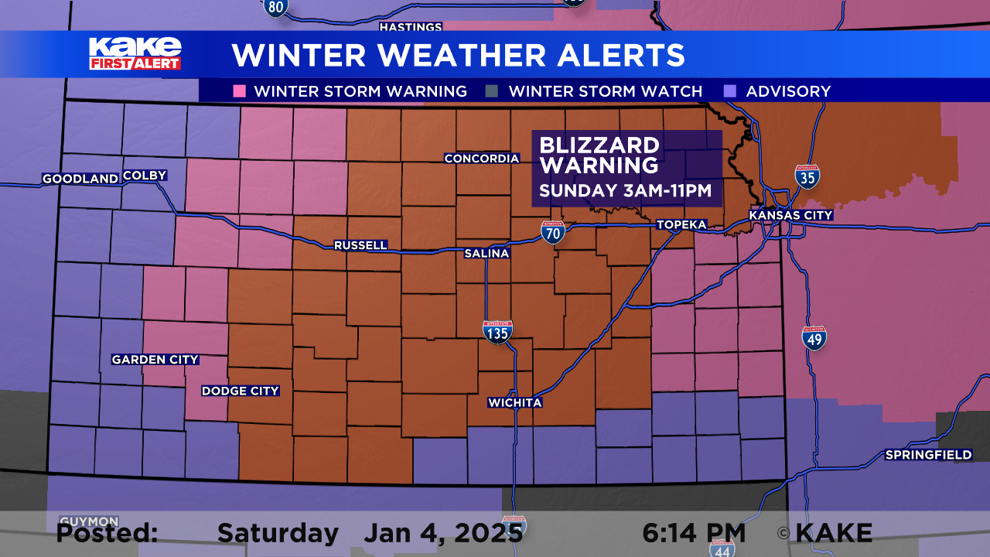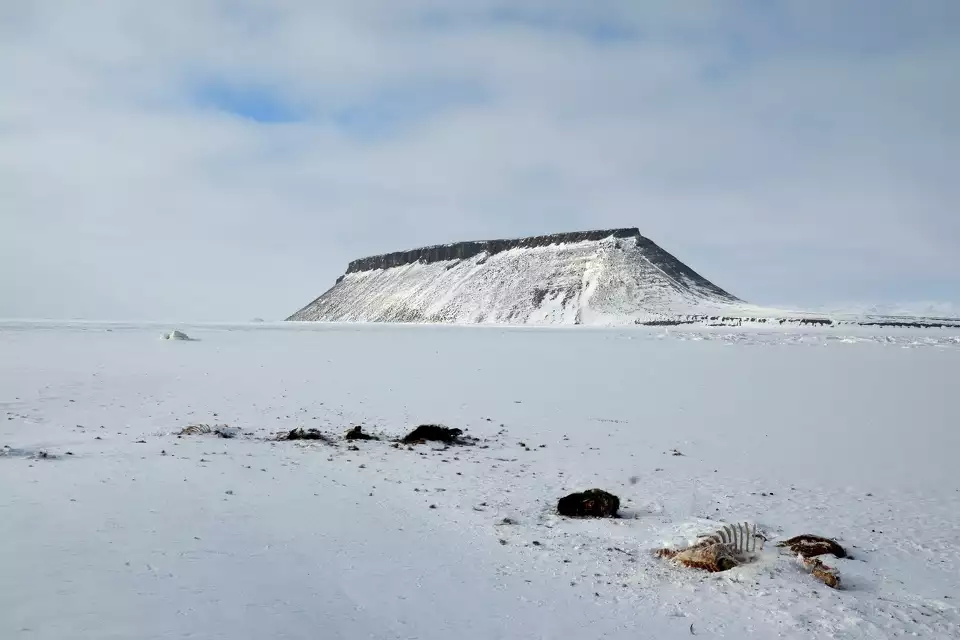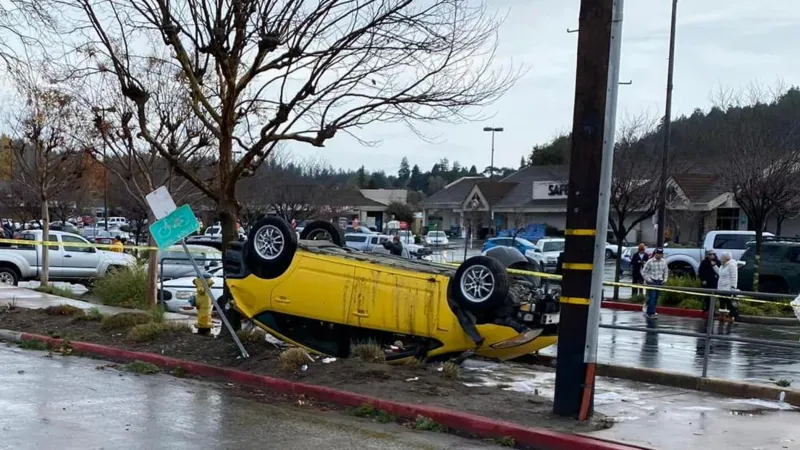Avalanche warning issued in Utah as ‘very dangerous’ conditions emerge from storm
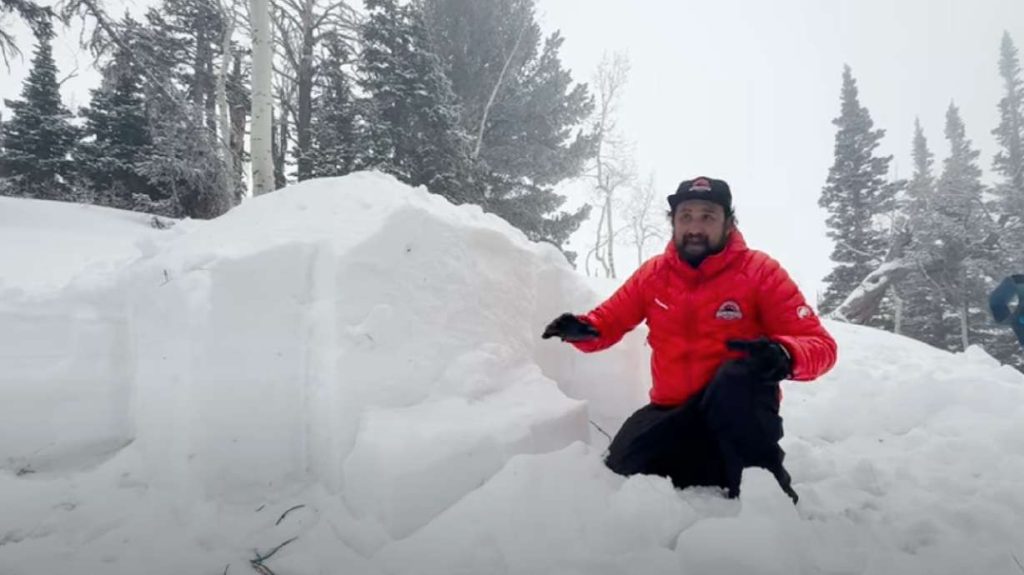
Utah residents and outdoor enthusiasts have been urged to exercise extreme caution after an avalanche warning was issued across several mountain ranges in the state. The warning comes in response to a series of storms that have brought heavy snowfall and rapidly changing weather conditions, creating what officials describe as “very dangerous” avalanche conditions. The Utah Avalanche Center (UAC) has raised concerns about the stability of snowpacks in areas across the state, particularly in the Wasatch Mountains, where the storm’s impact has been most severe.
Storm Brings Heavy Snowfall
The storm that triggered the avalanche warning has been unusually intense, with snowfall rates reaching up to several inches per hour in some areas. Ski resorts, popular hiking areas, and backcountry zones have received substantial snow accumulation, contributing to a dangerously unstable snowpack. In the days leading up to the warning, snow levels in Utah’s mountain ranges increased rapidly, creating the perfect conditions for avalanches.
This storm is part of a larger weather system that has swept across the western United States, with Utah experiencing some of the heaviest snowfall in years. The UAC has reported that the storm has layered fresh snow on top of older, weak snow layers, which can act as a trigger for avalanches. This has raised concerns for anyone engaging in winter sports, particularly in backcountry areas where avalanches are more common.
Avalanche Risk: What’s at Stake?
The avalanche warning issued by the UAC highlights the severity of the situation. In particular, experts are concerned about the possibility of “human-triggered” avalanches. When heavy snow accumulates rapidly on a weak snowpack, the risk increases for snow to collapse and slide down the mountain, taking with it everything in its path. Avalanches can travel at speeds of up to 80 miles per hour and are capable of sweeping away trees, rocks, and even buildings in their wake.
Backcountry skiers, snowshoers, and snowmobilers are particularly vulnerable to these dangers, as they often venture off established trails where the snow is less compacted and more likely to give way. The Utah Avalanche Center has emphasized the importance of staying informed about current conditions and understanding the risks before heading into the mountains. Additionally, avalanche training courses and the use of safety equipment, such as avalanche beacons and probes, are highly recommended for those participating in winter sports.
The UAC’s advisory specifically warns against venturing into steep terrain, where avalanches are more likely to occur. It also suggests avoiding slopes with deep snow accumulation and areas where the snow has been disturbed by previous storms. Experts urge all outdoor enthusiasts to exercise caution and to stay informed on the latest weather reports and avalanche forecasts.
Authorities Issue Warnings for Both Ski Resorts and Backcountry Areas
While ski resorts are better equipped to manage avalanche risks through mitigation efforts such as controlled avalanches and regular snow safety checks, backcountry areas are far more unpredictable. The UAC’s warning covers both developed ski resorts and backcountry zones, underscoring the importance of awareness no matter where people plan to recreate.
Ski resorts like Park City, Snowbird, and Alta have also been monitoring conditions closely. Although these areas are known for their well-maintained slopes and avalanche control measures, heavy snowfall can still create risks for skiers and snowboarders if they venture off-piste, or outside of designated ski areas. Ski patrols at these resorts will be working diligently to monitor snow conditions and trigger controlled avalanches in dangerous areas to minimize risks to the public.
However, the backcountry remains the most at-risk area. The UAC has advised individuals in these regions to reconsider their plans or delay them until the warning is lifted. These backcountry areas are especially vulnerable to avalanches due to the unregulated snow conditions and the higher likelihood of human activity triggering a slide. As always, individuals planning to explore these regions are urged to travel with a group, carry proper avalanche safety equipment, and have the training necessary to navigate such dangerous conditions.
Preparing for the Worst: Emergency Response
In addition to avalanche warnings, the storm has prompted increased vigilance from local law enforcement and emergency response teams. Several mountain rescue teams have been placed on standby to assist with potential avalanche-related rescues, and search-and-rescue operations are expected to be a priority if avalanches occur.
While Utah has a history of dealing with snow-related emergencies, the recent storm has intensified concern. Local authorities have reminded the public to stay clear of avalanche-prone areas, especially during the peak of the storm, and to avoid traveling in high-risk zones unless absolutely necessary.
The risk of avalanche-related fatalities is always a concern in areas where snow accumulation can reach dangerous levels. The state of Utah, along with federal agencies like the U.S. Forest Service, have been working collaboratively to assess snow conditions, coordinate rescue operations, and provide the public with the most up-to-date safety information.
Future Storms and Risks
Though the current storm and avalanche warning are a significant concern, Utah residents and visitors are also being warned that additional storms are expected to hit the region in the coming weeks. This increases the chances of further snow accumulation and could lead to more avalanche risks. The UAC will continue to monitor the snow conditions closely and issue updates as needed.
With winter continuing to grip the region, the UAC advises the public to stay informed and continue practicing safety precautions while participating in winter sports. The risks associated with avalanches are ever-present in mountainous areas, and those engaging in such activities should prioritize their safety by adhering to the warnings and guidelines provided by experts.
The recent storm and avalanche warning in Utah serves as a reminder of the power and unpredictability of winter weather. As avalanche conditions continue to pose significant risks in the region, outdoor enthusiasts, including skiers, snowboarders, and backcountry adventurers, must take every precaution to ensure their safety. While the state works diligently to assess the ongoing situation, residents and visitors must remain vigilant and cautious to avoid putting themselves and emergency responders in harm’s way.


